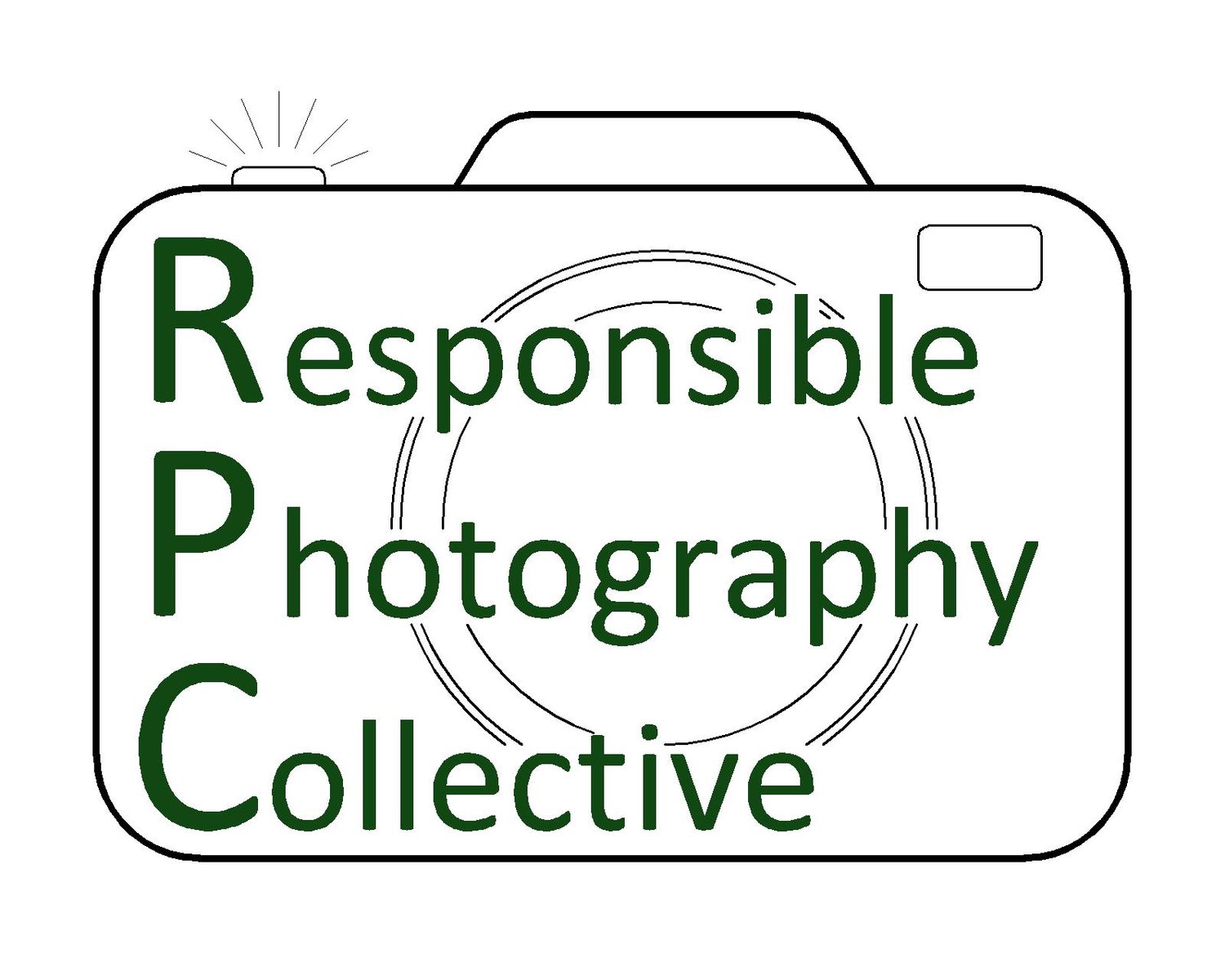Model Safety for Beginner Photographers
August 31 Written by Sun Lee
Rey Lestary teaching a class on one-light portrait photography with model Kareei. Even in an academic setting, it is important to be mindful of models’ levels of comfort–especially with an audience.
Many resources that exist online for model safety centralize around what models can do to protect themselves. But what about the photographer’s responsibility to establish a safe working environment for models? Responsible photography applies to people, too–especially models in any industry that relies on the relationship with the photographer. Here are the 3 C’s for beginner photographers (and even models) to consider when working with people in front of the lens.
__________________________________________________________________________
Embarking on a new journey to begin a career in photography is exciting and one filled with endless possibilities–it is a powerful medium for creative expression and storytelling. Depending on the niche or project, models can often play a central role whether it is fashion, portrait, or editorial photography. While the industry of photography is incredibly dynamic, it is essential to prioritize safety when working with models. The practice of creating safe environments for models protects both the photographer and the model(s) involved.
How can photographers establish a safe environment?
It starts well before the photoshoot, especially when models and photographers have the opportunity to communicate before the event. Three key fundamental elements to bear in mind are communication, consent, and consideration.
1. Communication - in a recent poll of interviews conducted with members of the Mid-Atlantic Safety Network, one of the resounding and consistent red flags is the lack of clear communication from photographers. Novel models have disclosed that a clear red flag is when photographers are resistant to provide transparency around project details, elusive, or do not follow through.
The answer? Be transparent. While this may sound rather underwhelming, it is incumbent upon the photographer to communicate their vision. This includes concepts, themes, compensation, and challenges–especially if there are any provocative aspects of a photoshoot or if a project may have elements to consider for physical safety. It is never too early to discuss boundaries with models regarding what they are and are not comfortable with. Inviting dialogue on boundaries and how to handle various situations builds confidence and trust. This extends into the actual photoshoot itself. Whether a photoshoot involves one photographer and one model or teams of people, how are the clear expectations being set to preserve physical and emotional safety for all involved?
2. Consent - this can actually be applied in various aspects of photography. The most obvious is a person’s agreement to be photographed. But how will the model be photographed? What is the nature of the photoshoot, length of time, and location? And what many may forget to consider: how will the images be used? What kind of content will be created?
Informed consent builds upon the foundation of communication: it is the bedrock of safe and ethical photography when working with people. Contracts and model releases are legal avenues that both parties must leverage during the early stages of collaborating on a project. Terms on all aspects of the photoshoot–from concept to content creation–must be agreed upon.
3. Consideration - how are you as the photographer considering other potential sensitivities? No matter how experienced a model is in front of the lens, photographers can often forget the vulnerability it requires for people to be photographed. Are there cultural/religious factors to consider? Do the models have personal concerns about body image standards that may impact their self-esteem? Considering general sensitivities and navigating conversations around these aspects repose on both communication and consent.
Creating art as a photographer with models can be highly rewarding, but responsible photography hinges upon building healthy relationships with models and honoring their humanity. The basics of clearly communicating, practicing consent, and considering other factors for models provides a foundation of ethical practices with model photography.



